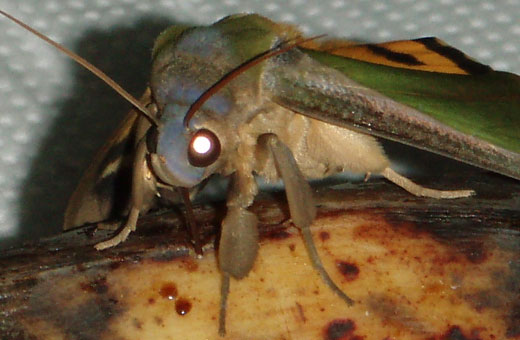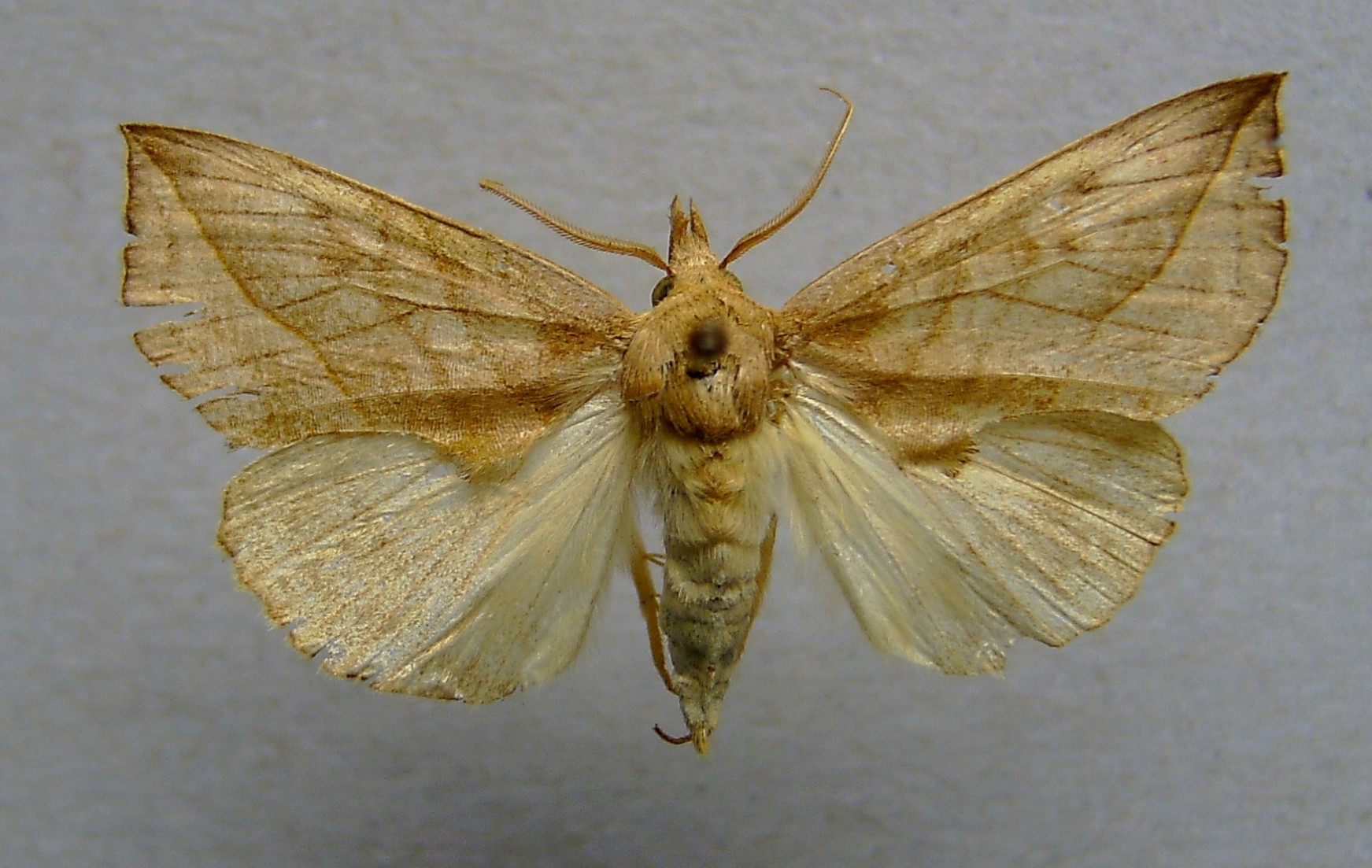 |
| Photo: Sharon Hill |
It’s dark. So dark you can’t even see a hand move in front
of you face. Your flashlight long ago burned out and now you are just hoping to
walk in a straight line until you find your friends again. You’re pretty sure
you hear them off in this direction. Or is it that direction? Maybe this
stargazing night walk during your study abroad trip to Finland wasn't such a
good idea. Aside from your friends you’re pretty sure you can hear something
else. It’s a sort of fluttering sound. You realize you can see shadows moving
around you. By then though, it’s too late. You feel something sink into your
skin and it dawns on you; vampire moths.
 |
| Mothferatu |
Calyptra
thalictri, the aforementioned vampire, is a small moth native to Asian countries
such as China, the Koreas, Malaysia, and Japan. However, its range seems to be
expanding as they have been found in Russia, Finland, and most recently Sweden.
 |
| Maybe because of climate change but also probably because vampirism is contagious. |
Now, the vampire moth isn’t your typical Nosferatu. It isn’t an obligate
blood feeder as the moth and its relatives normally feed on fruit, though they also like to frequent
the eyes of large mammals to dine on their tears (seriously). Their feeding apparatus,
called a proboscis, is modified so that the tip is very tough and durable to
pierce the fruit they prefer.
 |
| Bananas pair well with Type O |
Only the males imbibe blood. The
blood feeding behavior seems to be reminiscent of another common butterfly/moth
behavior called puddling, where males visit wet soil to obtain sodium and other
nutrients to pass on to females as a copulation gift. While this sodium can be obtained from other sources, like the tears mentioned before, there may be more of an advantage associated with blood and therefore more reproductive success for those who partake in the forbidden fluid.
Since their mouthparts weren't designed for blood feeding, the bite of a moth is actually quite a bit more uncomfortable than say, a mosquito bite, which
we don’t normally feel. The moths use our blood pressure to help force the blood up through the proboscis and into their stomach.He can feed for up to 20 minutes and will leave behind a painful, throbbing spot where he fed. No word yet if an aversion to crucifixes is another symptom.
| Wesley Snipes is primed and ready just in case though |
 |
| Happy Halloween everyone! |
I hope you all have enjoyed Terrifying Insect Week! Celebrate Halloween by tuning into our two recent episodes about insect horror films if you dare and be sure to enjoy the holiday!

